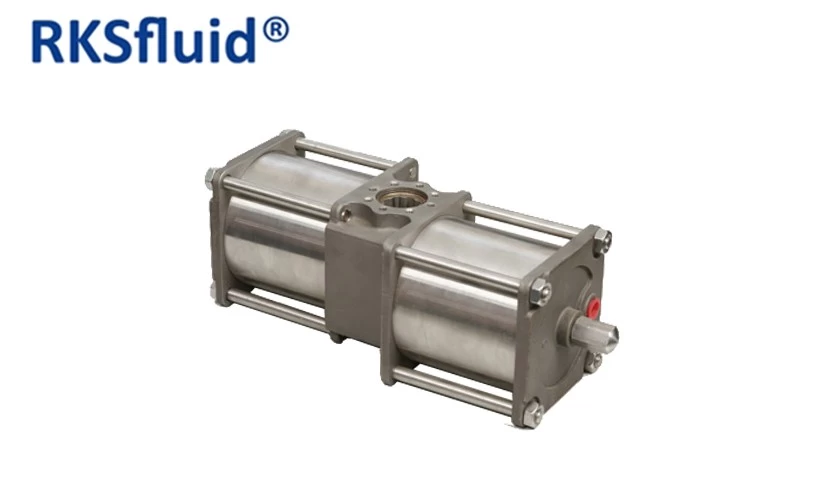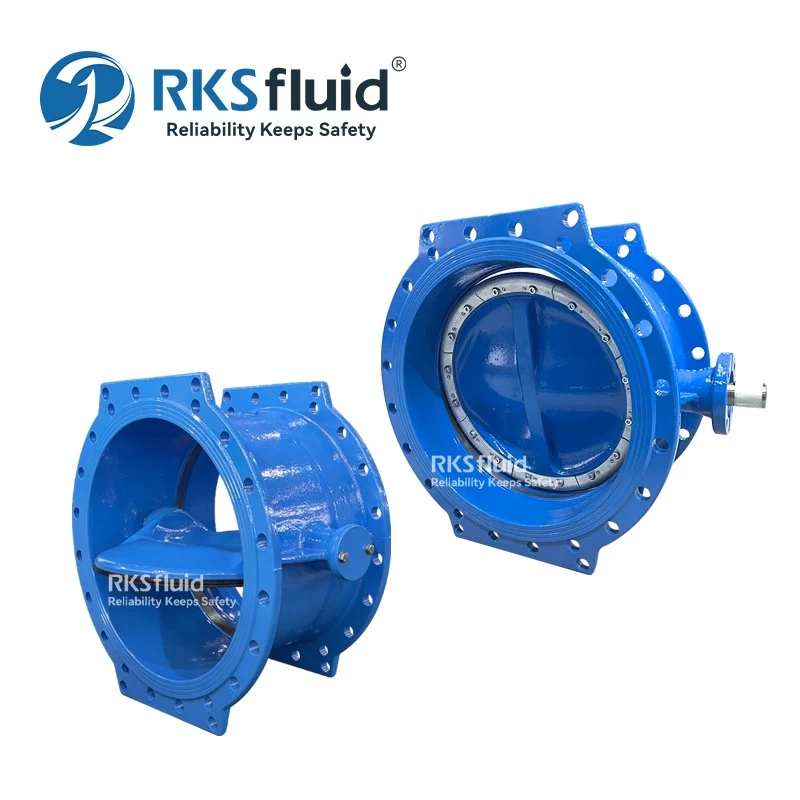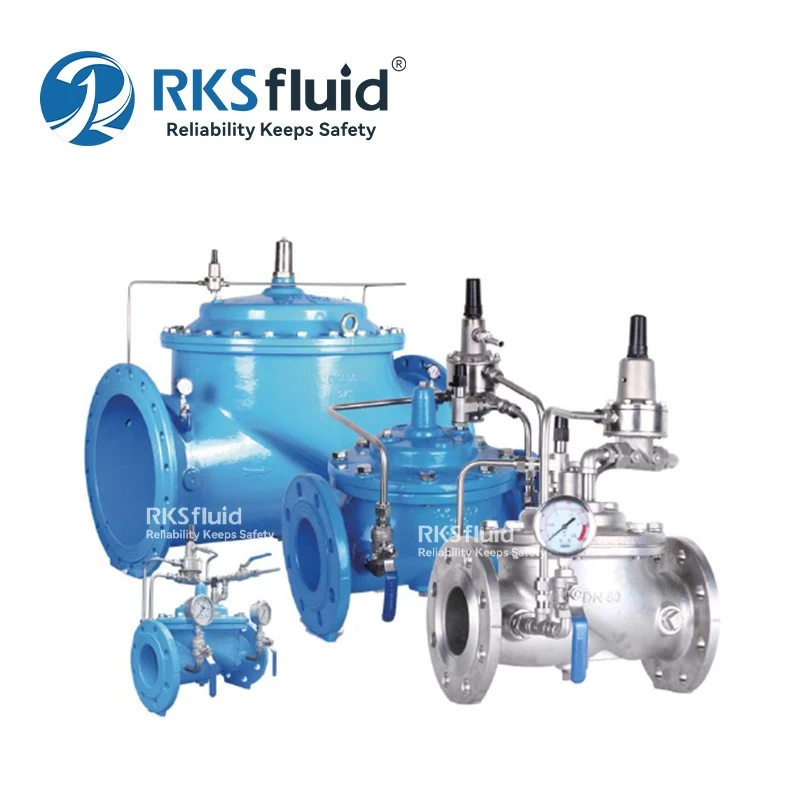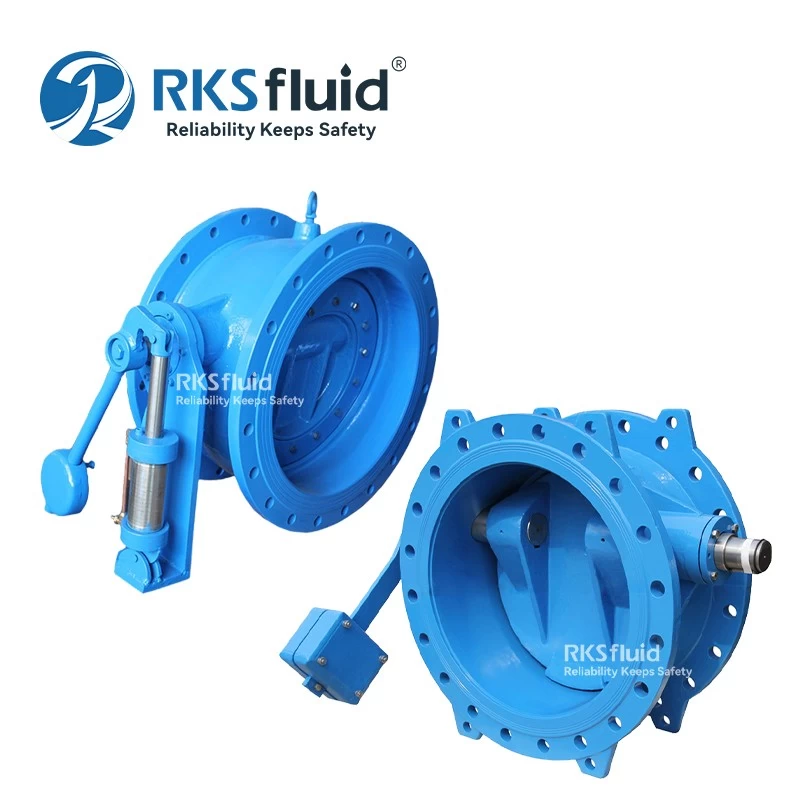- Main Product
- Contact Us
-
RKSfluid Flow Control Company
Web: www.rksfluid.com
Tel: +86 24 2318 0188
Fax: +86 24 2318 0788
Mail: info@rksfluid.com Contact Now
- Subscribe
-
Get email updates on new products
News
Actuators (2)

(1)The regulating valve does not work. The symptoms and causes are as follows:
No signal, no air source
1. The gas source is not open.
2. The air source water freezes in winter, causing the air duct to clog or the filter and the pressure reducing valve to be blocked.
3. The air compressor is faulty.
4. The gas source manifold leaks.
Air source, no signal
1. The regulator is faulty.
2. The signal tube leaks.
3. The positioner bellows leaks.
Positioner without air source
1. The filter is clogged.
2. The pressure reducing valve is faulty.
3. The pipe is leaking or blocked.
Positioner has air supply, no output
The orifice of the positioner is blocked.
Positioner output normal regulating valve does not work
1. The valve core is detached.
2. The valve core and the valve seat are stuck.
3. The pipeline is leaked or blocked.
4. The valve seat spool is frozen or the coke block is dirty.
5. The actuator spring is rusted due to long-term use.
(2)The movement of the regulating valve is unstable. The symptoms and causes are as follows:
Air source pressure is unstable
1. The compressor capacity is too small.
2. The pressure reducing valve is faulty.
The signal pressure is unstable
1. The time constant of the control system (T=RC) is not appropriate.
2. The regulator output is unstable.
The pressure of gas sources is stable and the signal pressure is stable, but the action of the regulating valve is still unstable.
1. The amplifier in the positioner is worn or dirty, and the output oscillation occurs when the air consumption is particularly increased.
2. The nozzle flapper of the amplifier in the positioner is not parallel, and the baffle cover cannot cover the nozzle.
3. The output tube and the line leak Gas.
4. the bellows leaks.
5. the valve stem friction resistance is large.
(3)The regulating valve oscillates, and the fault scene and causes are analyzed as follows:
Regulating valve oscillates at any opening
1. The support is unstable.
2. There is vibration source nearby.
3. The valve core and the bushing are seriously worn.
4. The bellows leaks.
5. The positioner leaks.
6. The leak between the positioner output and the membrane box.
7. the packing is pressed too tightly.
8. the packing pressure is biased.
9. the valve stem friction is large.
The regulating valve oscillates when it is close to the fully closed position.
1. The regulating valve is selected to be large, and is often used under a small opening degree.
2. The flow direction of the single valve seat is opposite to the closing direction.
(4)The adjustment valve is slow. The symptoms and causes of dullness are as follows:
Valve stem is only slow in one direction
1. The diaphragm is damaged and leaked in the pneumatic diaphragm actuator.
2. The “O” seal leaks in the actuator.
Valve stems are dull when reciprocating
1. There is stickiness in the valve body.
2. The PTFE filler is hardened or the graphite--asbestos filler lubricant is dry.
3. The packing is pressed too tightly, the frictional resistance is increased.
4. The valve stem is not straight and causes friction. The resistance is large.
5. the pneumatic control valve without the positioner will also cause slow movement.
(5)The leakage of the regulating valve is increased. The reasons for the leak are as follows:
1. The valve core is worn and the internal leakage is serious.
2. The valve is not adjusted well.
Valve does not reach the fully closed position
1. The pressure difference of the medium is too large, the rigidity of the actuator is small, the valve is not tight.
2. There is foreign matter in the valve.
3. The bushing is sintered.











